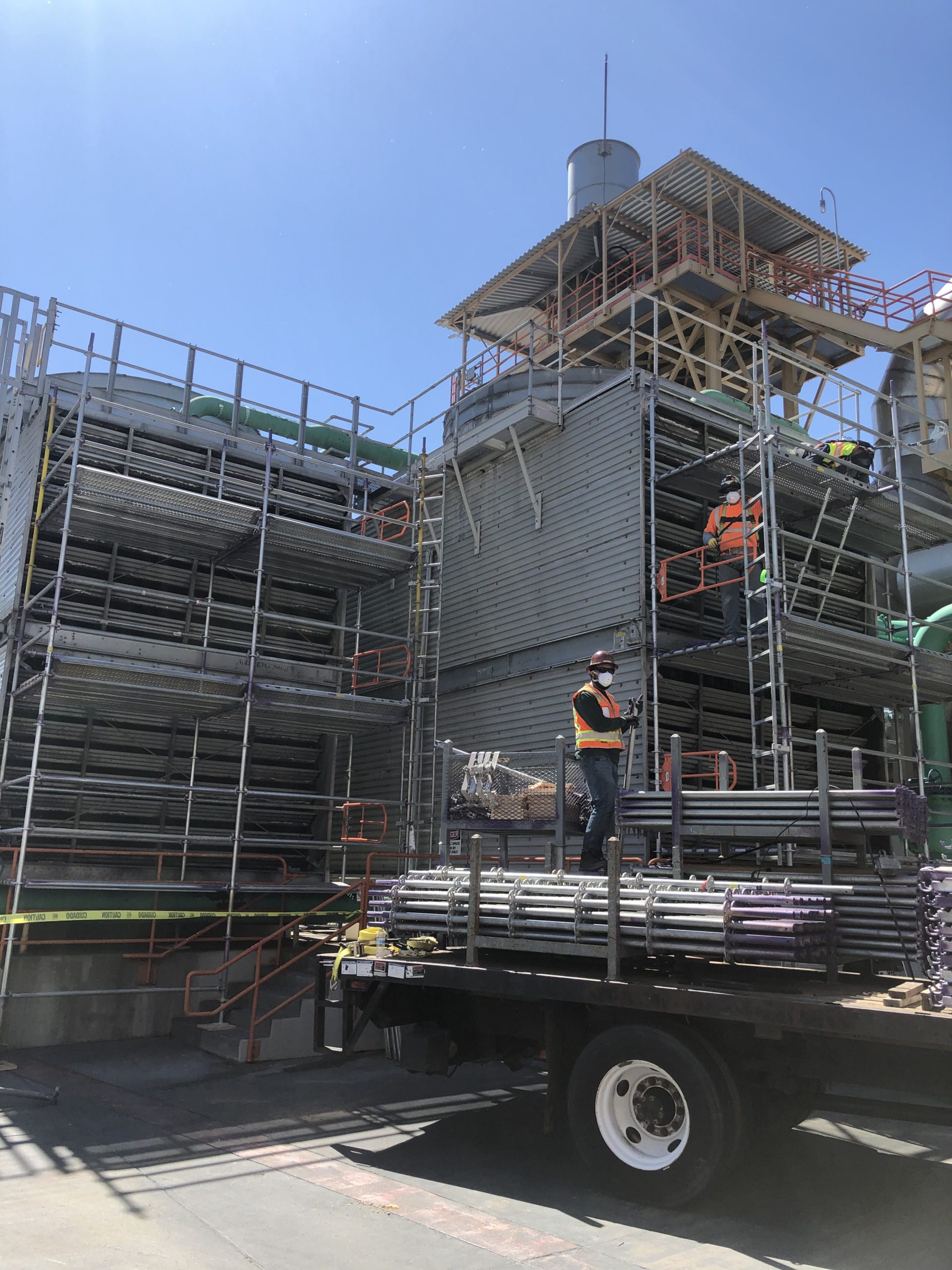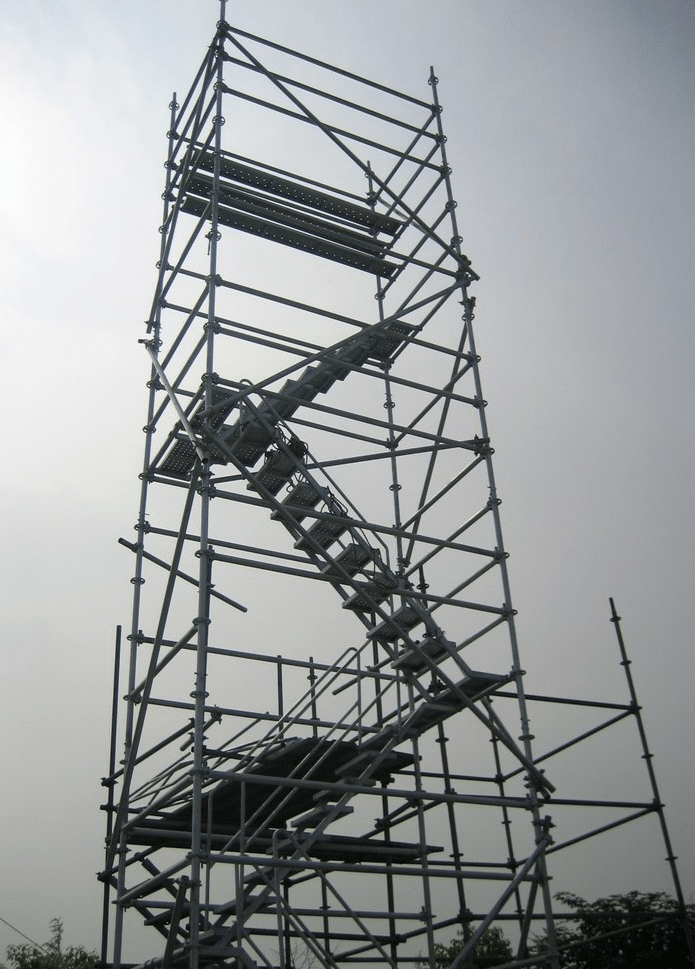Scaffolding for Beginners: Understanding the Fundamentals
Eco-Friendly Scaffolding: Sustainable Practices in Construction ===============================================================
Accepting eco-friendly scaffolding in building and construction decreases ecological influence, promotes sustainability, and supplies affordable solutions for business. Sustainable materials like bamboo and reused steel boost sturdiness and minimize power intake in the long term. Waste reduction methods through reusing campaigns and eco-friendly building strategies reduced environmental impacts. Energy-efficient options incorporating eco-friendly sources and clever technology maximize power use. Furthermore, these practices boost security by lowering harmful materials and advertising cleaner workplace. Discover more concerning the importance of sustainable techniques in building and construction for a greener and more secure industry.
Value of Eco-Friendly Scaffolding
In modern-day building methods, the relevance of making use of eco-friendly scaffolding can not be stressed enough. When thinking about the environmental impact of building activities, opting for environmentally friendly scaffolding remedies is necessary. Not just does eco-friendly scaffolding help reduce the carbon impact of building projects, yet it likewise reduces waste generation and advertises sustainability.
One of the crucial advantages of environmentally friendly scaffolding is that it supplies cost-effective services for building business. While first costs might be a little greater than traditional scaffolding options, the long-term savings and advantages surpass the ahead of time expenses. Eco-friendly scaffolding systems are developed to be recyclable, sturdy, and simple to construct and disassemble, causing reduced labor expenses and increased efficiency on building websites.
Lasting Materials for Scaffolding
Utilizing lasting products for scaffolding is a critical element of promoting environmental consciousness in construction jobs. When selecting materials for scaffolding, going with green options can greatly reduce the environmental effect of building and construction tasks. 2 crucial lasting materials commonly utilized in scaffolding are bamboo scaffolding and recycled steel frameworks.
Bamboo scaffolding: Bamboo is a renewable resource that grows quickly and is unbelievably solid, making it a preferred option for scaffolding in numerous parts of the globe.
Recycled steel frameworks: Utilizing recycled steel for scaffolding helps lessen the need for brand-new steel production, minimizing power consumption and greenhouse gas exhausts.
Longevity: Sustainable materials like bamboo and recycled steel are recognized for their durability, making certain the safety and security and security of the scaffolding framework throughout the building and construction process.
Cost-effectiveness: While initially, some lasting materials might have a higher upfront price, their long-term benefits frequently exceed this initial financial investment, making them an affordable choice in the building industry.
Waste Reduction Methods
Effective management of excess materials in building projects is necessary for minimizing ecological impact and advertising sustainability. Recycling initiatives play a vital function in waste reduction methods within the building sector. By applying recycling programs on construction websites, materials such as timber, steel, concrete, and plastics can be diverted from landfills and repurposed for future usage. Environment-friendly building methods additionally add to lose minimization by focusing on utilizing lasting products that generate less waste during construction and demolition procedures.

Integrating prefabrication and modular construction techniques can likewise aid lessen waste by lowering the quantity of excess products created on-site. Additionally, correct planning and stock administration can prevent over-ordering materials, resulting in less waste and expense financial savings. By adopting a holistic strategy to squander minimization with reusing initiatives and environment-friendly structure techniques, building jobs can substantially lower their ecological footprint and move towards a more sustainable future.
Energy-Efficient Scaffolding Solutions
One ingenious strategy to improving sustainability in construction jobs includes integrating energy-efficient scaffolding services. When pondering energy-efficient scaffolding, it is vital to focus on power conserving design and execute eco-friendly building strategies. These techniques not only minimize the ecological effect of building projects yet also bring about lasting price savings.
Here are four key points to bear in mind:
Use of renewable resource resources: Incorporating solar panels or wind generators right into scaffolding structures can help harness renewable energy to power devices and devices on-site, reducing the dependence on conventional energy sources.
Energy-efficient lighting: Implementing LED lighting systems on scaffolding can dramatically minimize energy intake contrasted to standard lighting methods, contributing to total power savings.
Smart modern technology assimilation: Using sensing units and automation systems can maximize power use by changing illumination and equipment procedure based upon real requirements, even more enhancing power performance.
Recyclable products: Selecting scaffolding materials that are recyclable at the end of their lifespan advertises a round economy and reduces the environmental influence of building tasks.
Safety Benefits of Eco-Friendly Practices
Enhancing security standards via the adoption of environment-friendly practices in building tasks is paramount for focusing on the health of workers and the environment. By applying eco-friendly and green methods, building and construction sites can gain countless safety benefits. One significant benefit is the decrease of dangerous materials and chemicals present in standard construction techniques. This reduces wellness dangers for employees and protects against possible environmental contamination. Furthermore, eco-friendly methods frequently involve making use of sustainable materials that are much safer to manage and set up, reducing the likelihood of accidents and injuries on-site. emergency scaffolding
Another benefit of welcoming eco-friendly methods is the promo of a cleaner and extra orderly workplace. By incorporating lasting waste administration strategies and lowering contamination, building and construction sites become safer and much healthier places for employees. In addition, the focus on sustainability motivates proper training and implementation of safety protocols, cultivating a society of awareness and responsibility among building and construction groups. Ultimately, the security advantages of green techniques expand past individual jobs, contributing to a much more secure and sustainable building and construction market overall.
Frequently Asked Concerns

Can Eco-Friendly Scaffolding Be Made Use Of in All Types of Construction Jobs, or Exist Limitations to Its Efficiency?
While environmentally friendly scaffolding supplies style adaptability and can be utilized in numerous building projects, restrictions may arise based on material durability and the range of the project. Assessing task feasibility and pondering environmental influence are essential variables.
Just how Do the Expenses of Sustainable Products for Scaffolding Contrast to Standard Products?
Expense comparison in between lasting and typical products in scaffolding is crucial for recognizing their financial practicality. While green alternatives may originally appear costlier, the long-lasting benefits of decreased ecological effect and potential expense savings over time must be thought about.
Exist Any Particular Regulations or Certifications That Building Business Need to Comply With When Executing Waste Reduction Techniques?
Regulative requirements and qualification standards play vital duties in waste minimization techniques for building and construction companies. Compliance with environmental guidelines and getting pertinent certifications warranties adherence to sustainable techniques, cultivating environmentally friendly procedures and showing commitment to responsible building practices.
What Are the Long-Term Environmental Benefits of Using Energy-Efficient Scaffolding Solutions?
Making use of energy-efficient scaffolding solutions uses lasting ecological benefits by lowering carbon discharges, preserving resources, and promoting sustainability. These options not only improve energy cost savings however also add to a cleaner, greener building market.
Are There Any Case Research Studies or Real-Life Examples That Showcase the Success of Implementing Eco-Friendly Scaffolding Practices in Building And Construction Projects?
Study and real-life instances provide substantial evidence of the success of applying environmentally friendly scaffolding methods in construction projects. These instances display the positive influence on the atmosphere, worker security, and long-term sustainability goals.
Conclusion
In summary, the fostering of environment-friendly scaffolding methods in building and construction is important for advertising sustainability, minimizing waste, and enhancing security.
By using lasting materials, carrying out waste minimization techniques, and going with energy-efficient solutions, building jobs can substantially minimize their environmental influence.
It is vital for the building market to prioritize eco-friendly techniques to ensure long-term sustainability and ecological responsibility.